Adam Wunderlich
The Expected Peak-to-Average Power Ratio of White Gaussian Noise in Sampled I/Q Data
Jan 20, 2025Abstract:One of the fundamental endeavors in radio frequency (RF) metrology is to measure the power of signals, where a common aim is to estimate the peak-to-average power ratio (PAPR), which quantifies the ratio of the maximum (peak) to the mean value. For a finite number of discrete-time samples of baseband in-phase and quadrature (I/Q) white Gaussian noise (WGN) that are independent and identically distributed with zero mean, we derive a closed-form, exact formula for mean PAPR that is well-approximated by the natural logarithm of the number of samples plus Euler's constant. Additionally, we give related theoretical results for the mean crest factor. After comparing our main result to previously published approximate formulas, we examine how violations of the WGN assumptions in sampled I/Q data result in deviations from the expected value of PAPR. Finally, utilizing a measured RF I/Q acquisition, we illustrate how our formula for mean PAPR can be applied to spectral analysis with spectrograms to verify when measured RF emissions are WGN in a given frequency band.
Learning Noise with Generative Adversarial Networks: Explorations with Classical Random Process Models
Jul 03, 2022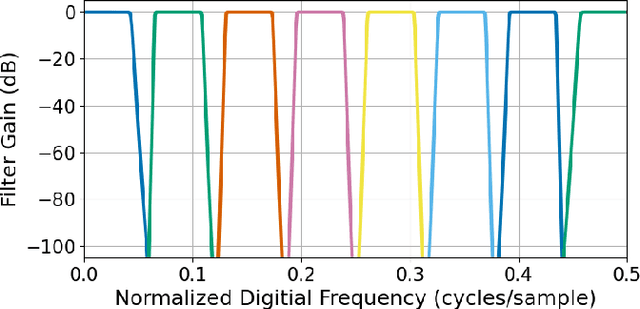
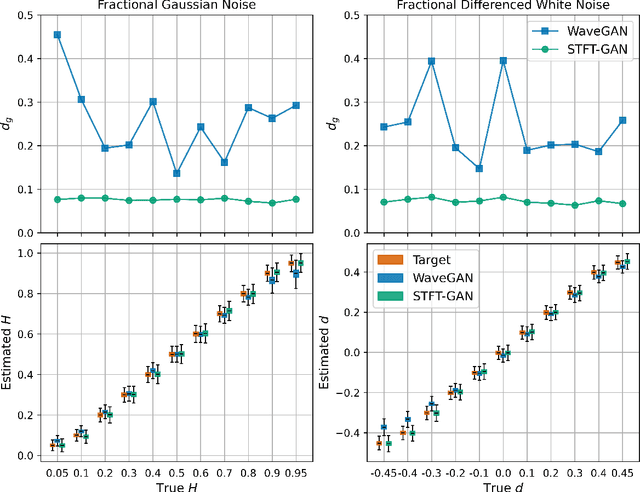

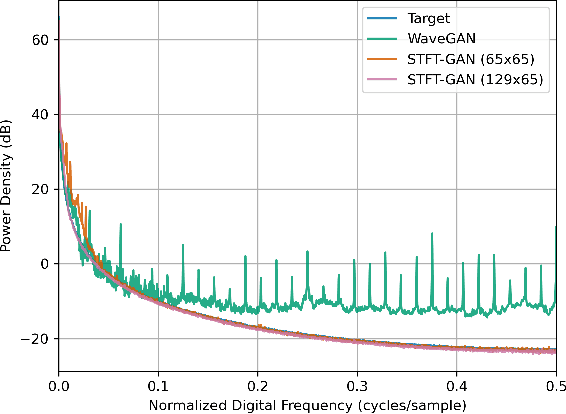
Abstract:Random noise arising from physical processes is an inherent characteristic of measurements and a limiting factor for most signal processing tasks. Given the recent interest in generative adversarial networks (GANs) for data-driven signal modeling, it is important to determine to what extent GANs can faithfully reproduce noise in target data sets. In this paper, we present an empirical investigation that aims to shed light on this issue for time series. Namely, we examine the ability of two general-purpose time-series GANs, a direct time-series model and an image-based model using a short-time Fourier transform (STFT) representation, to learn a broad range of noise types commonly encountered in electronics and communication systems: band-limited thermal noise, power law noise, shot noise, and impulsive noise. We find that GANs are capable of learning many noise types, although they predictably struggle when the GAN architecture is not well suited to some aspects of the noise, e.g., impulsive time-series with extreme outliers. Our findings provide insights into the capabilities and potential limitations of current approaches to time-series GANs and highlight areas for further research. In addition, our battery of tests provides a useful benchmark to aid the development of deep generative models for time series.
On the Feasibility of Modeling OFDM Communication Signals with Unsupervised Generative Adversarial Networks
Sep 10, 2021



Abstract:High-quality recordings of radio frequency (RF) emissions from commercial communication hardware in realistic environments are often needed to develop and assess spectrum-sharing technologies and practices, e.g., for training and testing spectrum sensing algorithms and for interference testing. Unfortunately, the time-consuming, expensive nature of such data collections together with data-sharing restrictions pose significant challenges that limit dataset availability. Furthermore, developing accurate models of real-world RF emissions from first principles is often very difficult because system parameters and implementation details are at best only partially known, and complex system dynamics are difficult to characterize. Hence, there is a need for flexible, data-driven methods that can leverage existing datasets to synthesize additional similar waveforms. One promising machine learning approach is unsupervised deep generative modeling with generative adversarial networks (GANs). To date, GANs for RF communication signals have not been studied thoroughly. In this paper, we present the first in-depth investigation of generated signal fidelity for GANs trained with baseband orthogonal frequency-division multiplexing (OFDM) signals, where each subcarrier is digitally modulated with quadrature amplitude modulation (QAM). Building on prior GAN methods, we propose two novel GAN models and evaluate their performance using simulated datasets with known ground truth. Specifically, we investigate model performance with respect to increasing dataset complexity over a range of OFDM parameters and conditions, including fading channels. The findings presented here inform the feasibility of use-cases and provide a foundation for further investigations into deep generative models for RF communication signals.
Deep Learning Classification of 3.5 GHz Band Spectrograms with Applications to Spectrum Sensing
Sep 13, 2018
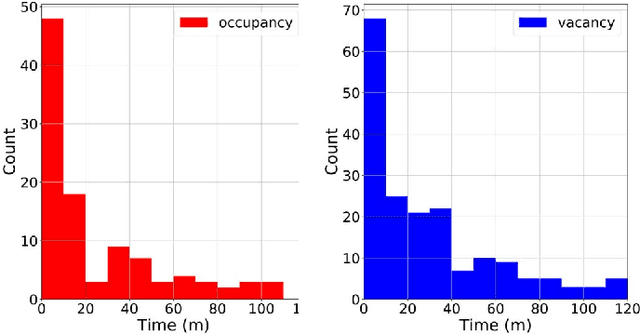
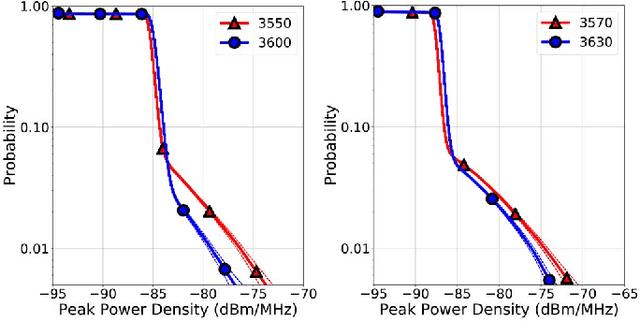
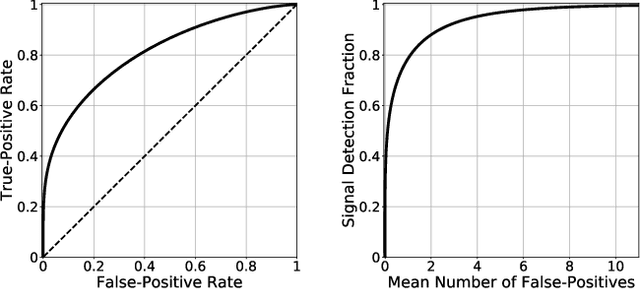
Abstract:In the United States, the Federal Communications Commission has adopted rules permitting commercial wireless networks to share spectrum with federal incumbents in the 3.5 GHz Citizens Broadband Radio Service band (3550-3700 MHz). These rules require commercial wireless systems to vacate the band when coastal sensor networks detect radars operated by the U.S. military; a key example being the SPN-43 air traffic control radar. For such coastal sensor networks to meet their operating requirements, they require highly-accurate detection algorithms. In addition to their use in sensor networks, detection algorithms can assist in the generation of descriptive statistics for libraries of spectrum recordings. In this paper, using a library of over 14,000 3.5 GHz band spectrograms collected by a recent measurement campaign, we investigate the performance of three different methods for SPN-43 radar detection. Namely, we compare classical energy detection to two deep learning algorithms: a convolutional neural network and a long short-term memory recurrent neural network. Performing a thorough evaluation, we demonstrate that deep learning algorithms appreciably outperform energy detection. Finally, we apply the best-performing classifier to generate descriptive statistics for the 3.5 GHz spectrogram library. Overall, our findings highlight potential weaknesses of energy detection as well as the strengths of modern deep learning algorithms for radar detection in the 3.5 GHz band.
 Add to Chrome
Add to Chrome Add to Firefox
Add to Firefox Add to Edge
Add to Edge